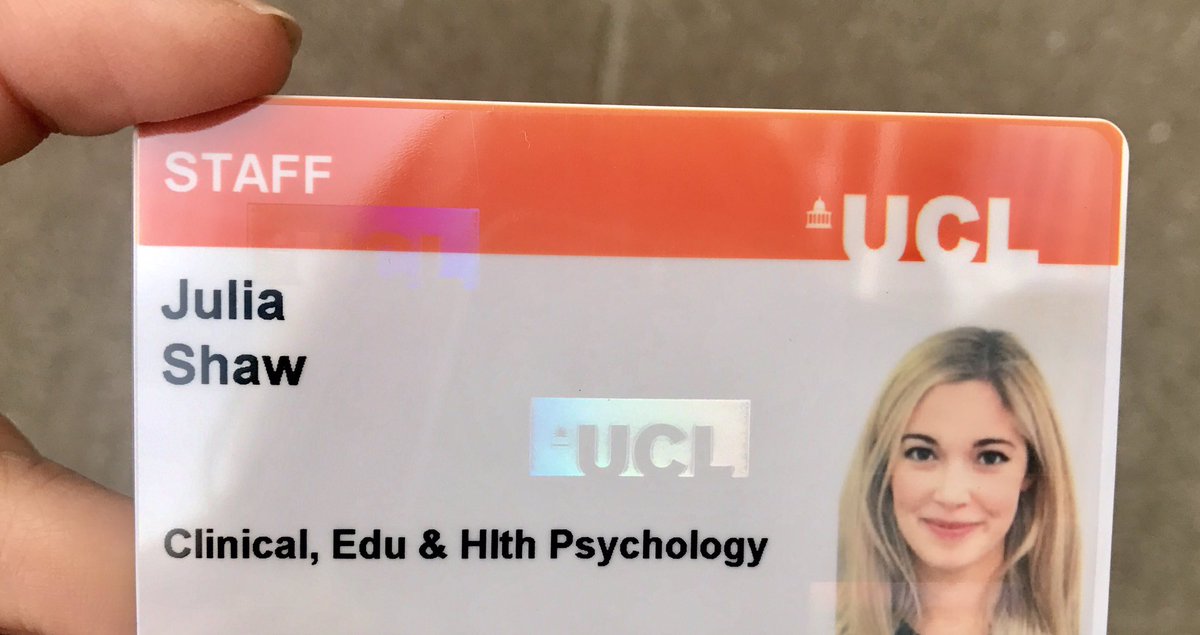
Accordingly, studies have found that bisexual women are significantly more likely to be raped, repeatedly sexually assaulted, and to be the victims of intimate partner abuse than lesbian and heterosexual women. Research shows us that bi women are hypersexualised, and stereotypes that see bi women as promiscuous sexual playthings feed into people’s existing rape myths. Since social scientists and other researchers have started to analyse the B, we have begun to understand the struggles that uniquely endanger bi people. Only with research can we cut through the reluctance people have to say “I am bisexual”, and find out whether those attracted to multiple genders need more support than those who aren’t. A startling figure compared to the 1 per cent reporting to the ONS. When YouGov surveys conducted in 2019 used questions that mimicked The Kinsey Scale, researchers found at least a third of people aged 18 to 24 say that they are attracted to multiple genders. It’s often what people are indirectly referring to when they say, “Aren’t we all a bit bi?”


It was so successful that it is still the single most popular scale for classifying sexuality. It also includes ‘X’ for those who are asexual. First published in 1948 by biologist Dr Alfred Kinsey, it is used to place people on a spectrum of sexual attraction between entirely heterosexual and entirely homosexual, using a scale from 0 to 6.

One of the most common tools used is The Kinsey Scale. When it comes to research, this reluctance has led scientists to come up with alternative ways to capture and categorise sexuality. Many people who are attracted to people beyond one gender, shy away from the identity label ‘bisexual’. For a start, it’s hard to even get an accurate sense of the exact number of British people who are bisexual.

Rather than a sudden new surge of bisexual desires, increased acceptance, legal protection and visibility are likely to be the cause of this increase.īut why should we count how many people are bi, or study what their experiences are? Research is young in this field, but we’re already seeing that tossing all queer identities into one research bucket renders the unique struggles of being bisexual invisible. Data from the Office for National Statistics (ONS) shows an increase from 0.7 per cent in 2015 to 1.1 per cent in 2019. The most popular sexual identity within this emerging group is bisexual – the romantic and/or sexual attraction to more than one gender. This trend is in particular driven by the rising number of LGBT+ identities among people aged 16 to 24 years. The number of people who identify as queer in the UK Census has increased over the past few years.


 0 kommentar(er)
0 kommentar(er)
